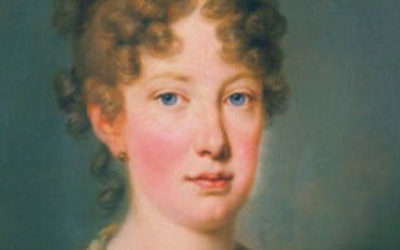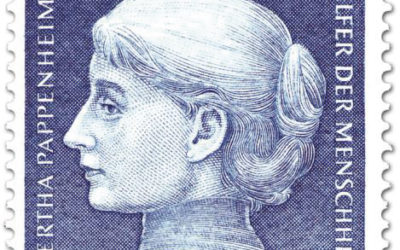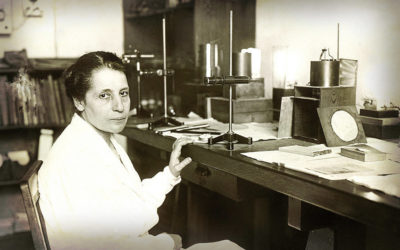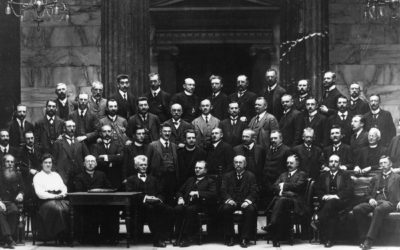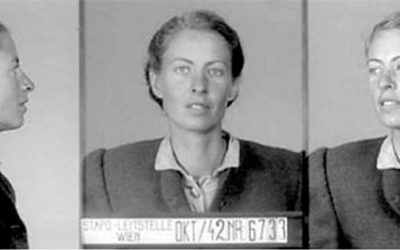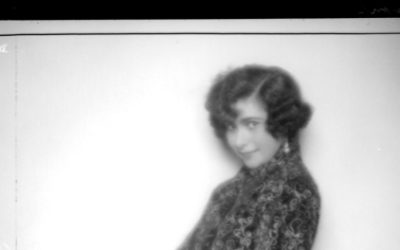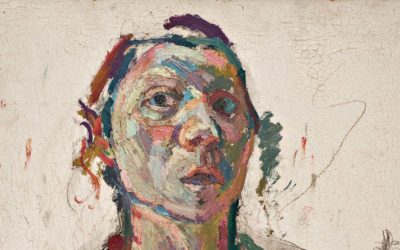Calliope Austria
Women in Society, Culture and the SciencesWomen have far too often been forgotten, overlooked, and marginalised in Austria’s official historiography—a fact that lends all the more importance to this exhibition’s attempt to survey the past 200 years in light of the biographies of important Austrian women. Austrian women whose talents, willpower, and determined courage have helped shape and enrich their country. Their lives and their works, which account for at least half of Austria’s intellectual identity, are to be recognised here in the form of prominent examples—in full knowledge of the inevitable gaps, some of them scandalous, that such a form of portrayal entails.
This exhibition surveys the life stories of aristocrats, artists, salon women, scientists, women’s rights activists, politicians, actresses, musicians, physicians, and stage directors in chronological form. The arc thus drawn extends from the early 19th century to the present. A common theme evident throughout is women’s struggle for emancipation, with all its attendant triumphs and setbacks. From Biedermeier-period desires for freedom to our 21st century, much has been accomplished. But one also sees clearly that true equality has not yet been achieved, with much indeed still to be done.
Emergence and the Urge to be Free
For a bourgeois woman around 1800, upholding familial comfort in the private sphere was her prime directive in life; essentially, a woman’s sphere…
Bursting the Bodice
The 19th century witnessed a pronounced transformation of the relationship between the sexes. And the changing styles of dress during this period can be taken as an allegory of what this entailed for women…
Not just Muses
For centuries, women were prevented from becoming fine artists. The official reason for this was that the arts academies used nude models to teach drawing, and that the sight of naked bodies was too much for women to handle…
The Battle for Access
With Empress Maria Theresia’s introduction of general compulsory schooling in 1774, education ceased to be the exclusive privilege of society’s upper classes. But at Austria’s six-year primary schools, girls’ education consisted primarily of…
Science is Feminine
These days, prejudices against women getting an education seem absurd, but around 1900 they were viewed as facts: girls were said to be too superficial, the desire for a university education a sign of hysteria; the female brain was…
Towards the Public and Political
Up to the beginning of the 20th century, women were excluded from the public political sphere. They were allowed neither to be members of political organisations nor to take part…
For Humanity and Against War
In the 1930s, women were still widely believed to be naïve, politically ignorant, and harmless—a fact that sometimes enabled them to achieve more than their male counterparts in the efforts…
After World War Two
Following Austria’s liberation by the Allies, the country’s Trümmerfrauen [rubble women] bore the main burden in Austria’s reconstruction (even if this role was often unduly romanticised)…
“My Plan: To Arrive!”
From the second half of the twentieth century, Austrian women became more and more visible in public discourse. This is perhaps most clearly recognisable…
A New Self-Assurance
The magnificent achievements of woman authors, musicians, painters, and many others put to shame all those who denied or still deny women’s…

